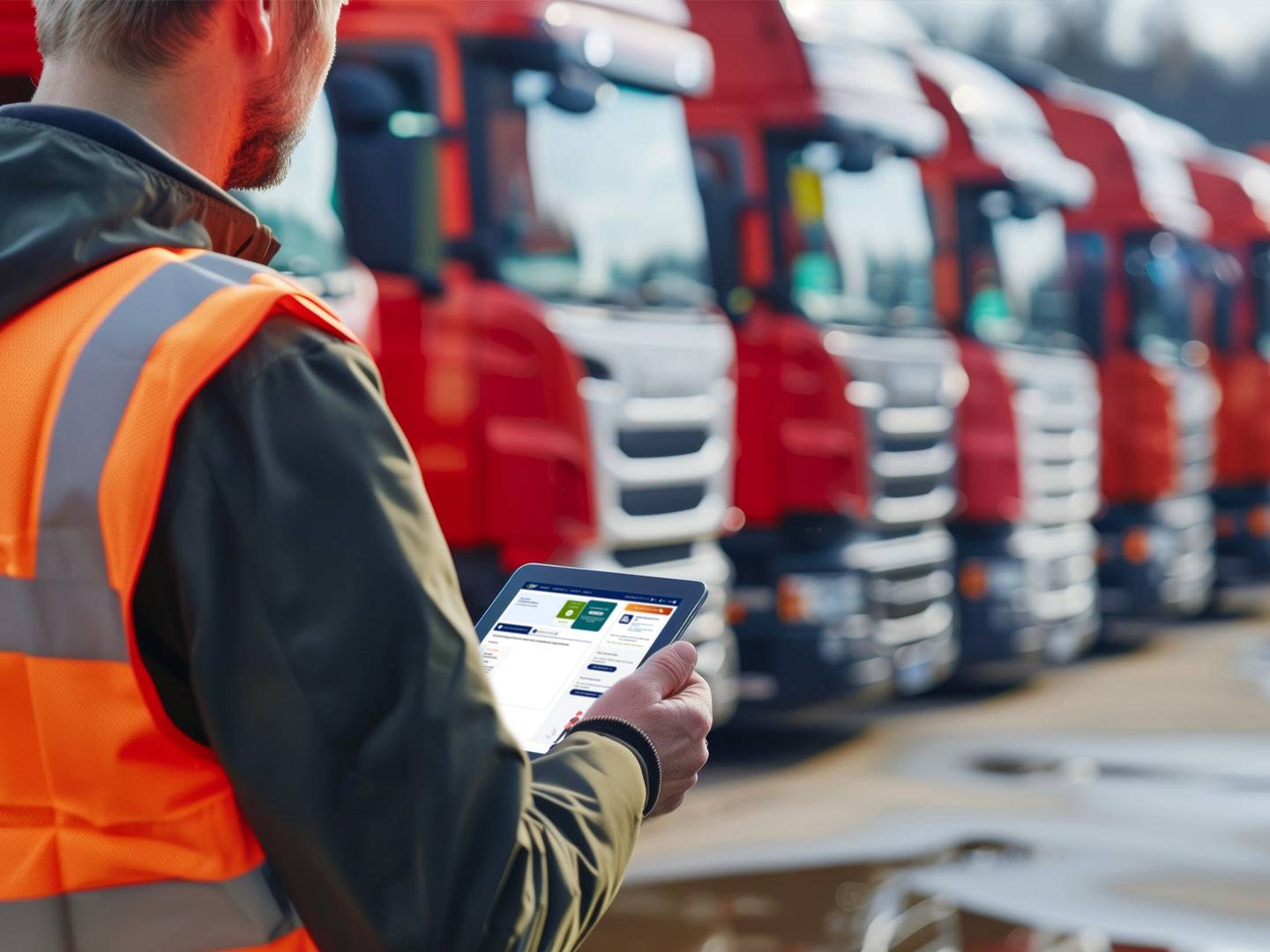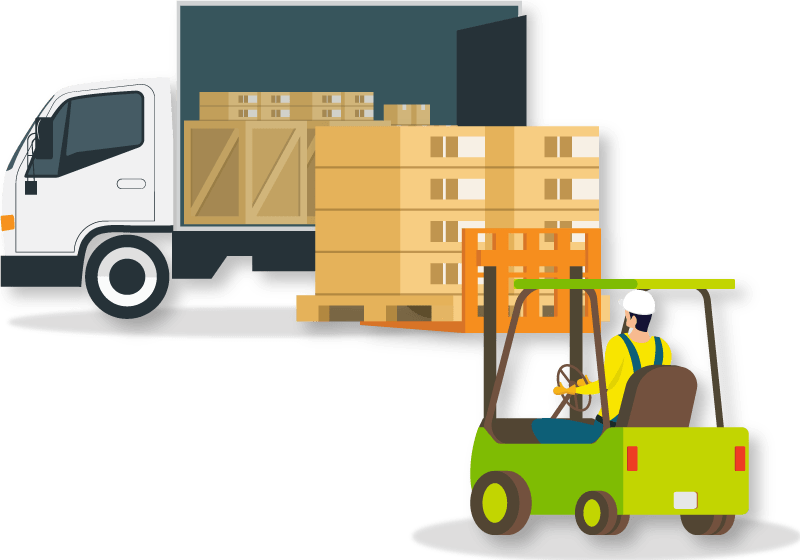
Comprehensive and intuitive contractor compliance management built for the Transport & Logistics sectors
The transport sector continues to present challenges for operators who are tasked with managing safety in a high-risk environment. An increasing focus on heavy vehicle regulation and a reduction in fatalities places operators under increased scrutiny to address the compliance challenges of drivers, workers, and contractors.
As the pressure on HSEQ teams increases, operators in the transport sector are seeking to outsource their contractor compliance management to solutions providers like Cm3. Adopting Cm3 works to identify and resolve gaps in transport compliance for duty holders, reducing the administrative burden that comes with increasingly complex regulations.
Key Energy & Utilities Sector Challenges
How does Cm3’s ecosystem assist operators in the transport sector?
Other Cm3 Risk Reviews for Transport & Logistics Compliance Management
.
Chain of Responsibility
Road Transport
Heavy Vehicles
Hazardous Noise
Powered Mobile Plant
High Pressure Hazards/Equipment
Warehouse Operations
Pedestrians and Traffic
Workplace Aggression
Hazardous Manual Tasks
.

Managing your Chain of Responsibility risks and obligations
Chain of Responsibility (CoR) is a crucial element of Heavy Vehicle National Law (HVNL) that protects the vehicle, its driver, and its load by placing accountability for safety on all parties within the transport supply chain. CoR underscores the interconnectedness of parties and activities, emphasising their collective impact on a driver’s safety and HVNL compliance.
Cm3’s in house assessment team works with contractors in the transport and logistics sectors to verify documentation against legislative requirements and assess their capability to manage their obligations under the CoR, including the five key focus areas:
- Fatigue Management
- Loading
- Speed Compliance
- Mass & Dimension
- Maintenance Management
Transport & Logistics Contractor Management FAQ
What is transport and logistics management?
The primary goal of managing transport and logistics is to create an efficient and effective flow of supply from one point to another, while also managing other associated activities like storage, packaging and distribution. Through effective management, businesses can ensure that customers receive their products on time and free of damage.
What is heavy vehicle national law?
The Heavy Vehicle National Law (HVNL) governs the use of heavy vehicles in Australia and includes things like mass and dimension limits, fatigue management, vehicle standards and chain of responsibility obligations. It applies to all vehicles over 4.5 tonnes gross vehicle mass (GVM). The aim of the law is to improve the safety and productivity of the heavy vehicle industry.
What is the meaning of Chain of Responsibility?
Chain of Responsibility law ensures that all workers who are involved with heavy vehicles are accountable for safety precautions. This law recognises that everyone involved in the supply chain has a responsibility to ensure that goods are being transported safely and legally. This includes the drivers to the business that employs the driver and the place of delivery.